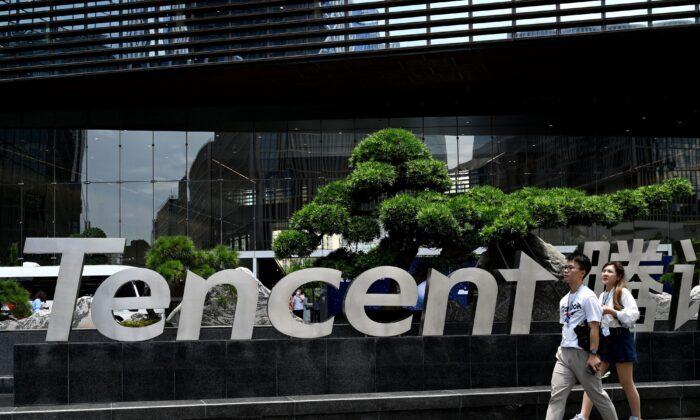NEW YORK—The series of Metro-North accidents that caused 6 deaths and 126 injuries could have been prevented if recommendations by the National Transportation Safety Board (NTSB) had been implemented, officials said Tuesday.
Some of the recommendations had been made as long as 12 years ago, and there are currently 63 recommendations that have not been implemented.
Once considered the nation’s safest and most reliable commuter railroad, a culture of putting on-time arrival over safety resulted in five major accidents on Metro-North lines in the past year.
“Two accidents on one railroad in a short period of time may be just a coincidence. Five accidents in one railroad in less than a year begs the question—how important was safety at Metro-North?,” said NTSB acting Chairman Christopher Hart Tuesday.
Senators Charles Schumer, Richard Blumenthal, and Christopher Murphy joined Hart in a press conference at Grand Central Terminal.
Schumer likened the conditions at Metro-North to Alice in Wonderland—students were conducting trains, drivers were falling asleep at 80 mph, employees didn’t understand the safety jargon used, and workers were killed by their own trains.
Last May a train derailed and a second train collided into it in Connecticut. Less than two weeks later an employee was hit by a train and killed. A month later in July, a CSX container train derailed in the Bronx.
In December, a major derailment in the Bronx caused four deaths and over a hundred injuries. This March, there was another employee death, in Manhattan.
Shortly after the Bronx derailment in December, former Metro-North chairman Howard Permut stepped down. The Metropolitan Transportation Authority (MTA) appointed former Metro-North executive Joe Giulietti as chair.
Since spring, the railroad has been making upgrades to rail and safety protocol. It has 127 of the 143 recommendations underway or done, and the rest are being addressed.
Federal Oversight
Although Metro-North has taken action to address safety lapses, the Federal Railroad Administrator (FRA) is lacking, according to Hart.
Several derailments were in areas where the track had not been properly maintained. The investigation found that rail upgrades were seven years behind schedule. Metro-North had put off inspections and maintenance, sometimes deliberately in a choice of timeliness over safety.
According to Federal guidelines, high-volume commuter rail lines like Metro-North actually have less stringent inspection requirements.
Most railroads need to have someone inspect the track on foot or in a vehicle on the track. High-volume railroads can have someone check the track from a vehicle moving on a different track.
NTSB has recommended all railroads follow the more stringent requirement, but FRA has not responded, Hart said.
FRA is required to respond to NTSB recommendations within 90 days. There are currently 63 open recommendations, nine of which were sent last week.
“We routinely address NTSB recommendations but this is a pipeline, as old ones are resolved, new ones are produced,” an FRA spokesperson responded via email. “We prioritize congressionally mandated items first, along with those that have the most significant impact on safety.”
NTSB also recommended a signal upgrade that could serve as a safety backup to prevent trains from moving into areas where people are working on the track.
It could have saved the life of the foreman working at the West Haven Station last year, Hart said. A train was coming toward him at over 70 mph, and was unable to stop in time.
The NTSB made the recommendation six years ago and received no response from the Federal level, but Metro-North has since implemented the signals.
A similar incident happened this March, when three engineers were working on tracks in Manhattan. Two workers were able to jump out of the way in time, but the third was not.
The service area was not properly communicated between departments and the workers thought they were protected in an area larger than what they actually had, Hart said.
The Bronx derailment last December caused by an engineer’s sleep apnea could have been prevented as well. Twelve years ago, NTSB recommended testing employees for sleep apnea.
The conductor who had fallen asleep did not know he had sleep apnea, a condition that disrupts sleep and can cause a person to be sleepy throughout the day.
He had recently had his shift changed to an early one. He felt “dazed” and “hypnotized” that day, he later told investigators. So he nodded off, driving a train at 82 mph at a turn with a 30 mph speed limit.
Every car on the train derailed. Four passengers were ejected from the windows and died.
“The role of the regulator is to mandate changes to improve safety nationwide,” Hart said. “Absent such changes, even if Metro North becomes a paragon of safety, the regulatory and oversight concerns we identified in these five accidents will predictably result in accidents elsewhere.”
Congress has since required Positive Train Control on railroads, a mechanism that would allow for auto-braking in cases like this. The requirement will go into effect at the end of next year but Metro-North has already added this.
Long Island Railroad, also run by MTA, has implemented many of the same safety upgrades as a preventative measure as well.
“Believe me, everyone knows right now safety is the number one priority,” Giulietti said.





